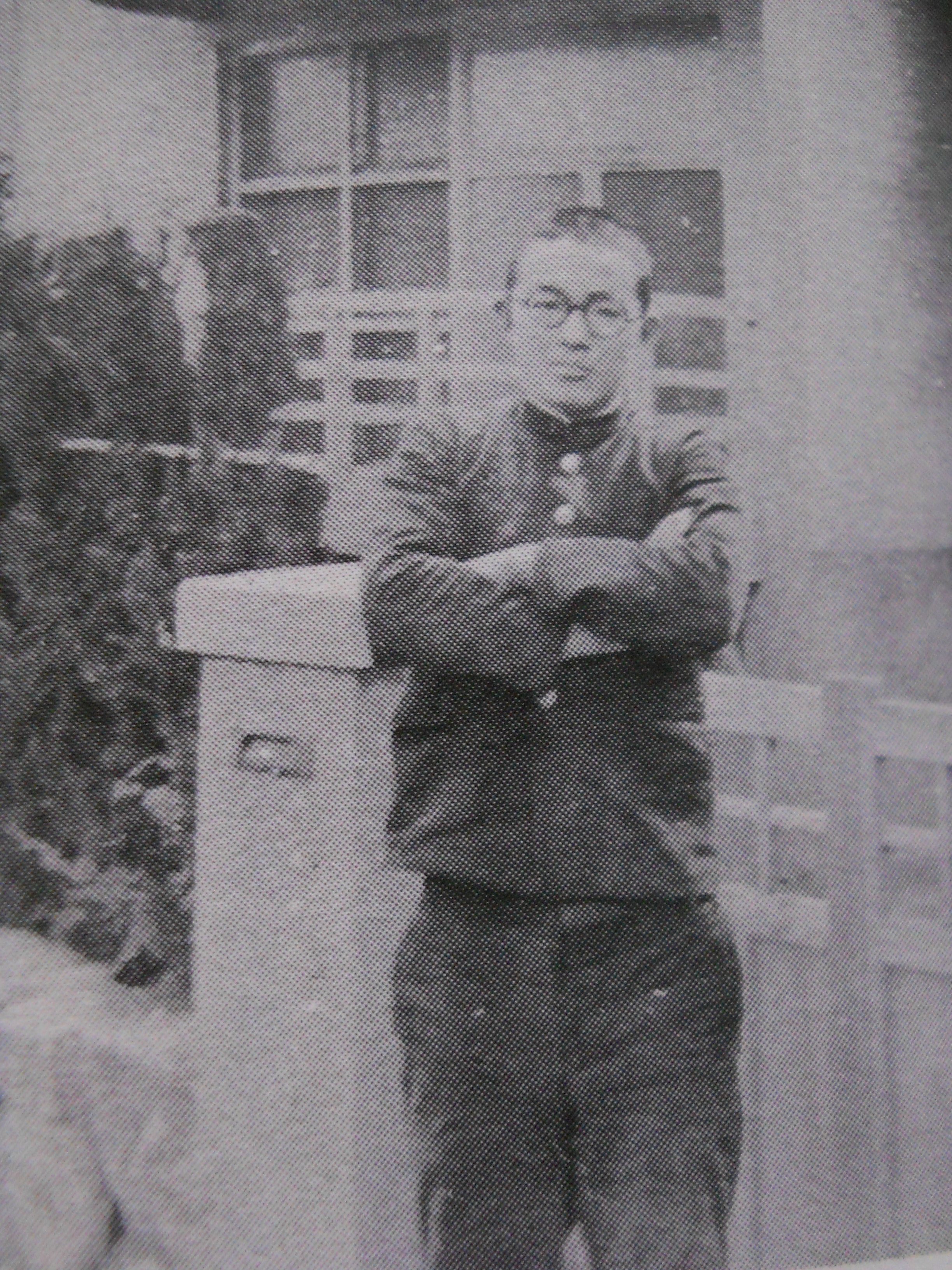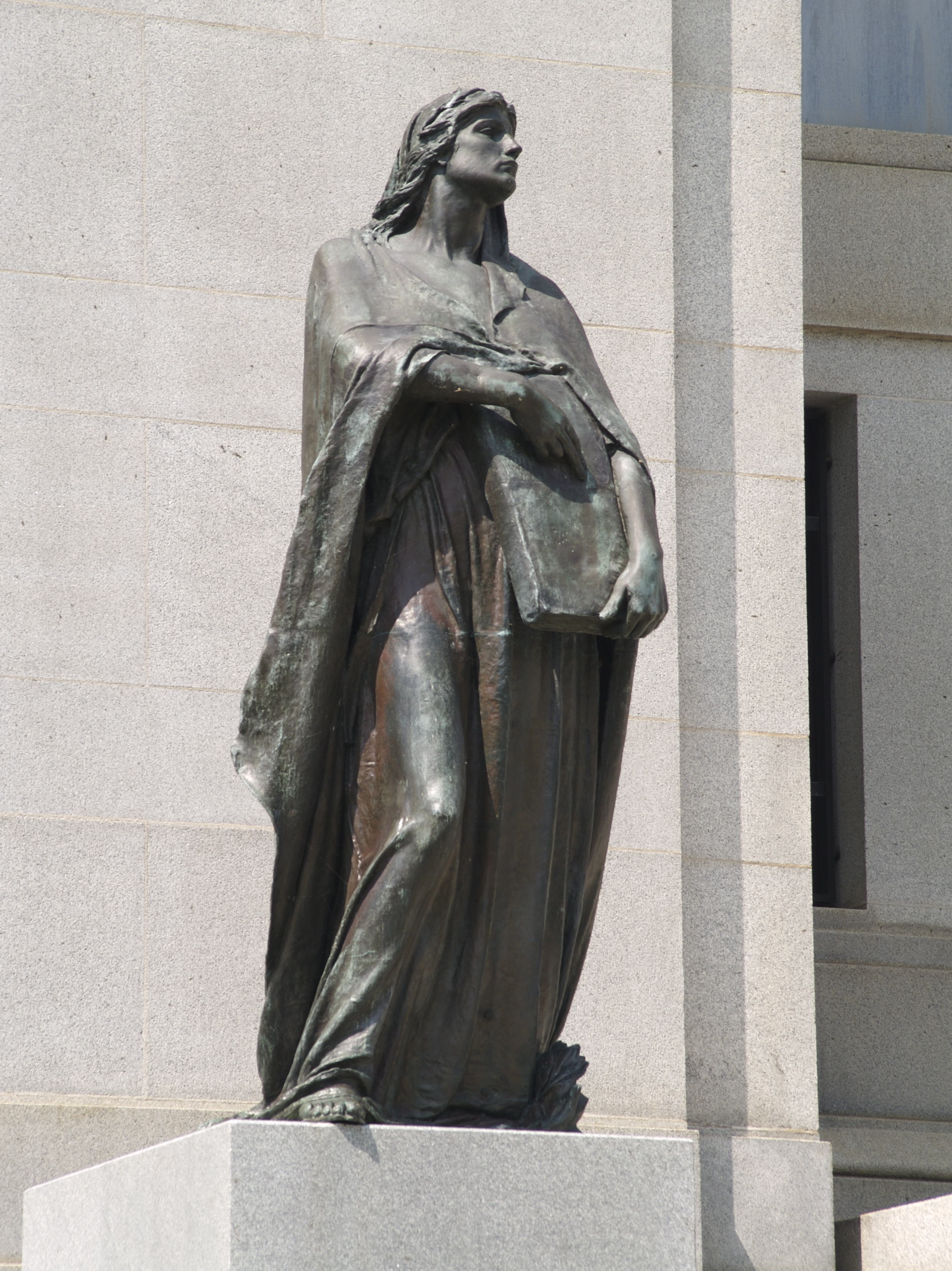|
Itsumade
is an eerie reptilian bird featured in the Japanese collection of Yōkai pictures, the '' Konjaku Gazu Zoku Hyakki'' by Toriyama Sekien published in 1779. Its picture has the explanatory text, "as explained more fully in the ''Taiheiki'', Hiroari shot the eerie bird that cries, 'itsumade itsumade'" (広有 いつまでいつまでと鳴し怪鳥を射し事 太平記に委し), so it depicts the odd bird that appears in the ''Taiheiki'' (circa 14c), volume 12, "Hiroari Shot the Eerie Bird" (広有射怪鳥事, "Hiroari Keteu wo Iru Koto"). The eerie bird in ''Taiheiki'' According to the ''Taiheiki'', around the fall of 1334 (in the Kenmu years), an epidemic illness was causing many deaths and almost every night, an eerie bird appeared on top of the Shishinden ( :ja:紫宸殿) crying "itsumade itsumade" (until when? Until when?) causing great fear. The nobility thought back to how the master of arrows Minamoto no Yorimasa slew the nue and made a request to Oki Jirōzaemon Hi ... [...More Info...] [...Related Items...] OR: [Wikipedia] [Google] [Baidu] |
Konjaku Gazu Zoku Hyakki
is the second book of Japanese artist Toriyama Sekien's famous ''Gazu Hyakki Yagyō'' tetralogy, published c. 1779. A version of the tetralogy translated and annotated in English was published in 2016. These books are supernatural bestiaries, collections of ghosts, spirits, spooks, and monsters, many of which Toriyama based on literature, folklore, other artwork. These works have had a profound influence on subsequent ''yōkai'' imagery in Japan. ''Konjaku Gazu Zoku Hyakki'' is preceded in the series by ''Gazu Hyakki Yagyō'', and succeeded by ''Konjaku Hyakki Shūi'' and ''Gazu Hyakki Tsurezure Bukuro''. List of creatures The three volumes were titled 雨, 晦, and 明. From this book, Toriyama added captions. First Volume – 雨 (Rain) Image:SekienOmagatoki.jpg, Image:SekienOni.jpg, Image:SekienSansei.jpg, Image:SekienHiderigami.jpg, Image:SekienSuiko.jpg, Image:SekienSatori.jpg, Image:SekienShuten-doji.jpg, Image:SekienHashihime.jpg, Image:SekienHannya.jpg, Im ... [...More Info...] [...Related Items...] OR: [Wikipedia] [Google] [Baidu] |
List Of Legendary Creatures From Japan
The following is a list of demons, ghosts, and other legendary creatures that are notable in Japanese folklore and mythology. A B C D E F G H I J K M N O R S T ... [...More Info...] [...Related Items...] OR: [Wikipedia] [Google] [Baidu] |
水木しげる
was a Japanese manga artist and historian, best known for his manga series ''GeGeGe no Kitarō''. Born in a hospital in Osaka and raised in the city of Sakaiminato, Tottori, he later moved to Chōfu, Tokyo where he remained until his death. His pen-name, Mizuki, comes from the time when he managed an inn called 'Mizuki Manor' while he drew pictures for kamishibai. A specialist in stories of Yōkai (traditional Japanese monsters, ghouls, and goblins), he is considered a master of the genre. Mizuki was also a noted historian, publishing works relating to world history, Japanese history, and his own World War II experience. Life Mizuki was born Shigeru Mura (武良 茂 ''Mura Shigeru'') in the city of Osaka, the second of three sons. He was raised in the coastal city of Sakaiminato 境港, where he spent much of his childhood as a 'scrapper': picking fights and participating in childish warfare with the neighbouring children. He displayed from an early age a particular talent f ... [...More Info...] [...Related Items...] OR: [Wikipedia] [Google] [Baidu] |
One Piece
''One Piece'' (stylized in all caps) is a Japanese manga series written and illustrated by Eiichiro Oda. It has been serialized in Shueisha's ''shōnen'' manga magazine ''Weekly Shōnen Jump'' since July 1997, with its individual chapters compiled into 104 ''tankōbon'' volumes . The story follows the adventures of Monkey D. Luffy, a boy whose body gained the properties of rubber after unintentionally eating a Devil Fruit. With his pirate crew, the Straw Hat Pirates, Luffy explores the Grand Line in search of the deceased King of the Pirates Gol D. Roger's ultimate treasure known as the "One Piece" in order to become the next King of the Pirates. The manga spawned a media franchise, having been adapted into a festival film produced by Production I.G, and an anime series produced by Toei Animation, which began broadcasting in Japan in 1999. Additionally, Toei has developed fourteen animated feature films, one original video animation, and thirteen television specials. ... [...More Info...] [...Related Items...] OR: [Wikipedia] [Google] [Baidu] |
Truth In Fantasy
Truth is the property of being in accord with fact or reality.Merriam-Webster's Online Dictionarytruth 2005 In everyday language, truth is typically ascribed to things that aim to represent reality or otherwise correspond to it, such as beliefs, propositions, and declarative sentences. Truth is usually held to be the opposite of falsehood. The concept of truth is discussed and debated in various contexts, including philosophy, art, theology, and science. Most human activities depend upon the concept, where its nature as a concept is assumed rather than being a subject of discussion; these include most of the sciences, law, journalism, and everyday life. Some philosophers view the concept of truth as basic, and unable to be explained in any terms that are more easily understood than the concept of truth itself. Most commonly, truth is viewed as the correspondence of language or thought to a mind-independent world. This is called the correspondence theory of truth. Various theo ... [...More Info...] [...Related Items...] OR: [Wikipedia] [Google] [Baidu] |
Onryō
In Japanese traditional beliefs and literature, are a type of ghost () believed to be capable of causing harm in the world of the living, injuring or killing enemies, or even causing natural disasters to exact vengeance to "redress" the wrongs it received while alive, then taking their spirits from their dying bodies. are often depicted as wronged women, who are traumatized by what happened during life and exact revenge in death. The term overlaps somewhat with , except that in depictions of , the acting ghost is not always necessarily a wrathful spirit. Origin While the origin of is unclear, belief in their existence can be traced back to the 8th century and was based on the idea that powerful and enraged souls of the dead could influence, harm, and kill the living. The earliest cult that developed was around Prince Nagaya who died in 729; and the first record of possession by the spirit affecting health is found in the chronicle (797), which states that "'s soul harme ... [...More Info...] [...Related Items...] OR: [Wikipedia] [Google] [Baidu] |
講談社
is a Japanese privately-held publishing company headquartered in Bunkyō, Tokyo. Kodansha is the largest Japanese publishing company, and it produces the manga magazines ''Nakayoshi'', ''Afternoon'', '' Evening'', ''Weekly Shōnen Magazine'' and ''Bessatsu Shōnen Magazine'', as well as the more literary magazines ''Gunzō'', ''Shūkan Gendai'', and the Japanese dictionary ''Nihongo Daijiten''. Kodansha was founded by Seiji Noma in 1910, and members of his family continue as its owners either directly or through the Noma Cultural Foundation. History Seiji Noma founded Kodansha in 1910 as a spin-off of the ''Dai-Nippon Yūbenkai'' (, "Greater Japan Oratorical Society") and produced the literary magazine ''Yūben'' () as its first publication. The name ''Kodansha'' (taken from ''Kōdan Club'' (), a now-defunct magazine published by the company) originated in 1911 when the publisher formally merged with the ''Dai-Nippon Yūbenkai''. The company has used its current legal name since ... [...More Info...] [...Related Items...] OR: [Wikipedia] [Google] [Baidu] |
Kabura-ya
is a type of Japanese arrow used by the samurai class of feudal Japan. Kabura-ya were arrows which whistled when shot and were used in ritual archery exchanges before formal medieval battles. Like a Wind instrument, the sound was created by a specially carved or perforated bulb of deer horn or wood attached to the tip. In English, these are often called "whistling-bulb arrows", "messenger arrows", or "signal arrows." ''Kabura'' literally translates to "turnip", and thus the Japanese term technically means "turnip shapedarrows." The Chinese ''xiangjian'' (sometimes pronounced and written ''mingdi'') was quite similar, and until the end of the Warlord Era were commonly used by bandits to announce the gang's approach. In ''Shinto'', the sound made by the ''Kabura-ya'' arrow in mid-flight is thought to ward-off evil influences, and, like the '' Hama Ya'', '' Hama Yumi'' and the ''Azusa Yumi'', it is used is ''Shinto'' cleansing rites of sites, shrine grounds, parks, etc. ... [...More Info...] [...Related Items...] OR: [Wikipedia] [Google] [Baidu] |


.png)


.jpg)
